Not All Tires Are Equal
Bridgestone Tire Clinic | Tire Talk
Not All Tires Are Equal
You might think that tires are simple black rubber rings around your wheels that play a trivial role – to only support the weight of your car and keep it trundling along the road. You might also think the tires are all the same, with the different models available on the market being merely marketing exercises. While the role of tires are true to a small extent, they’re not all the same. There are many variations of tires to suit different needs, and for different classes of passenger vehicles. Here, we’ll highlight the differences between tire types, and show you that not all tires are the same.
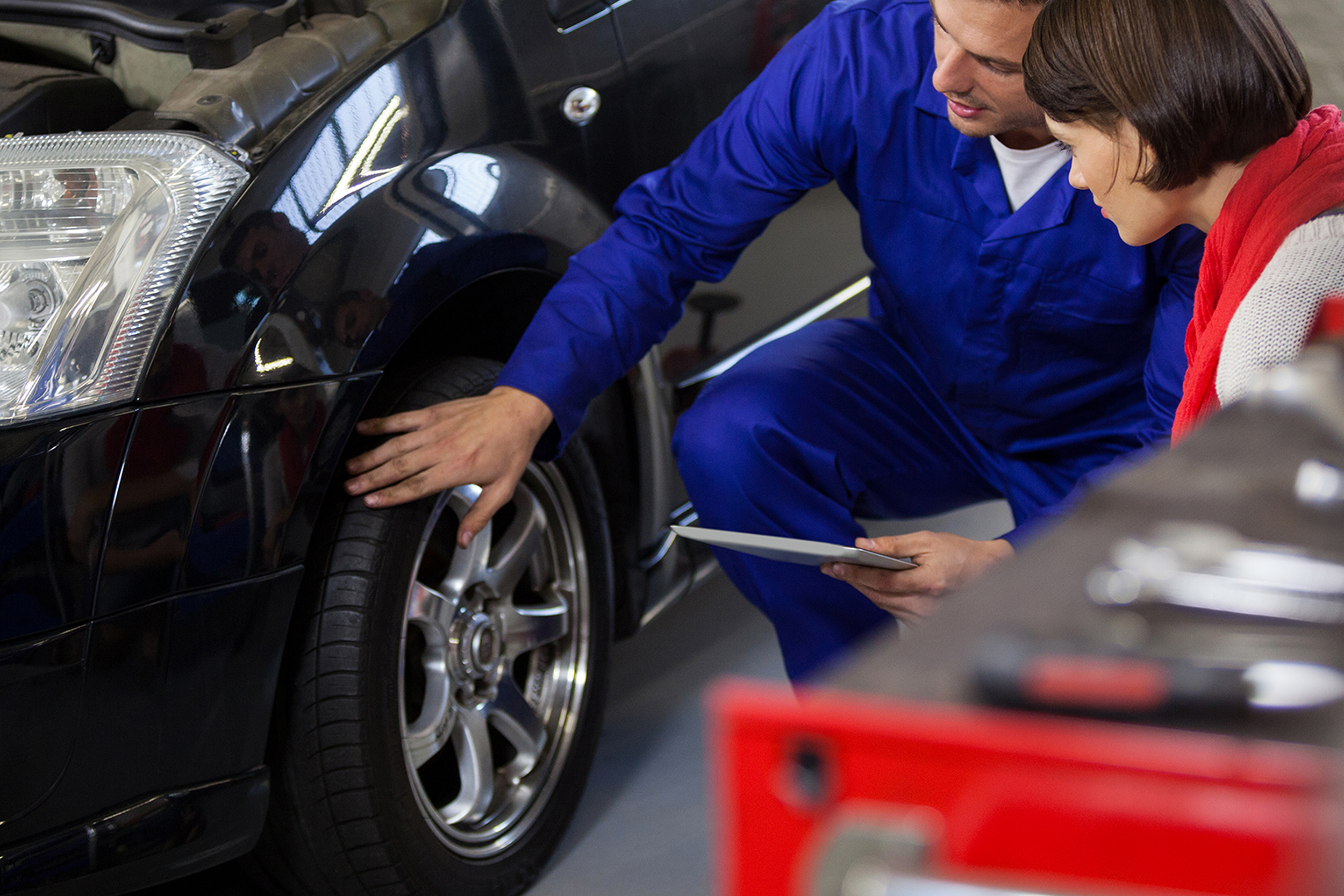
Different cars need different tires
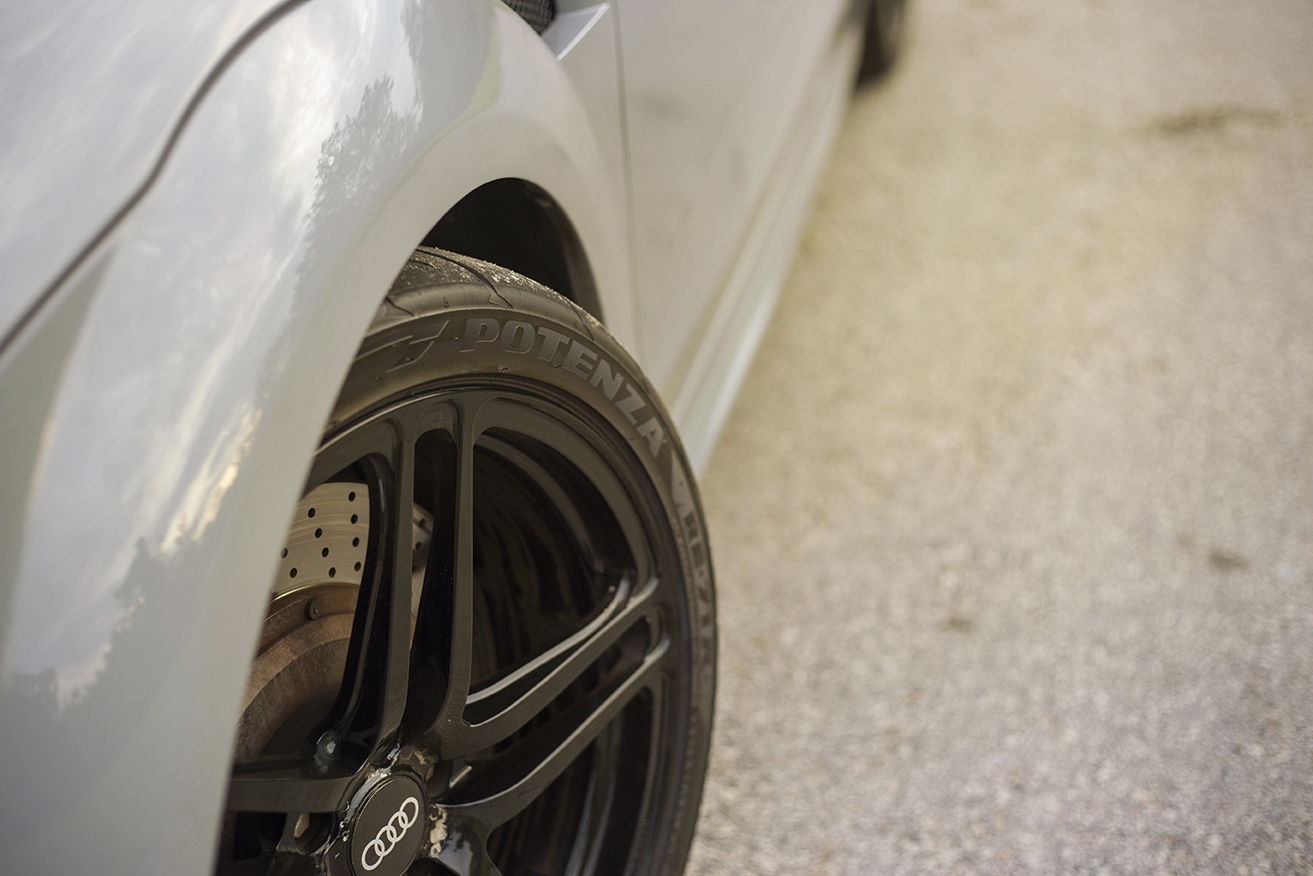
Performance tires such as those in our POTENZA range offer sporty handling, fast responsiveness, and superior grip. They are designed for enthusiasts who really enjoy their vehicles and want to feel the road when they drive. They demand maximum driving precision.
Did you know? Due to their nature, performance tires are typically only available in low-profile sizes, and often generate more noise due to the increased contact with the road surface. Comfort is also marginally compromised when compared to tires in the comfort touring category, such as TURANZA.
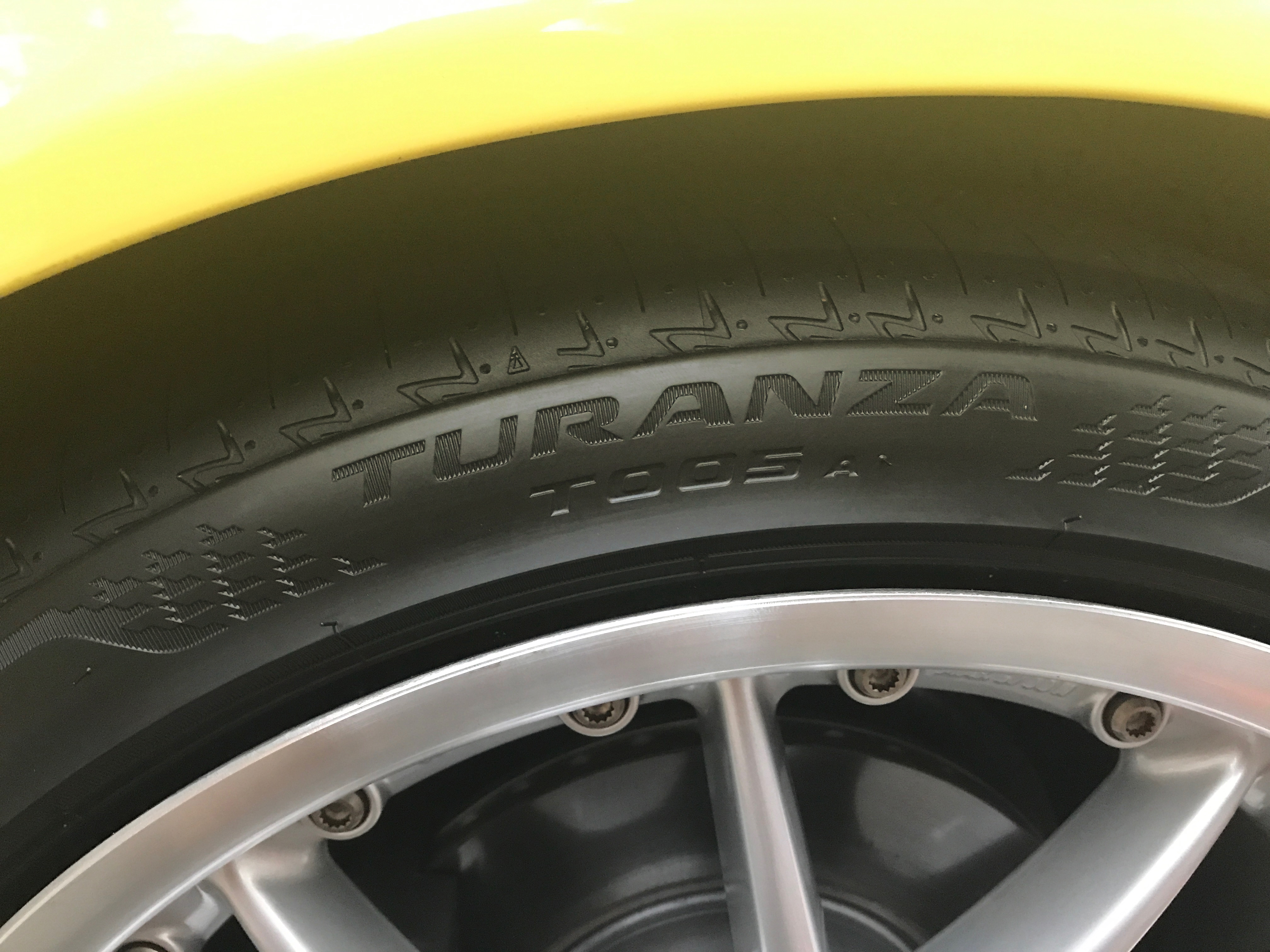
Touring tires such as those in our TURANZA range offer a smooth, cushiony, comfortable, and quiet ride in both wet and dry conditions. They are designed for the everyday driver and their families, who prioritise comfort and silence over everything else.
Did you know? Due to their nature, touring tires are typically available in high-profile sizes, as the larger sidewall provides more cushioning when travelling over uneven roads. A softer tire compound also contributes to the heightened comfort levels touring tires provide.
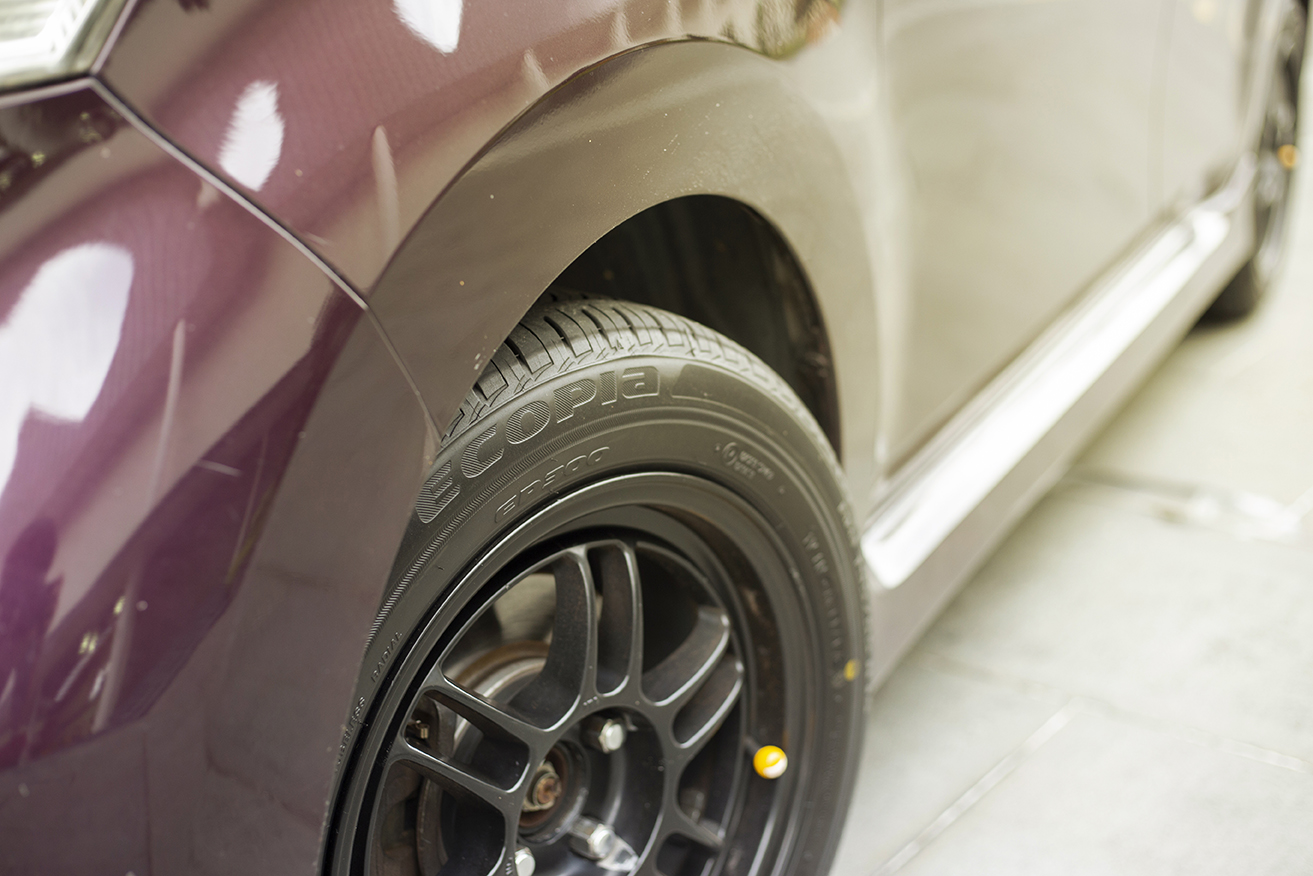
Fuel-efficient/eco tires such as those in our ECOPIA range offer the most mileage per litre of petrol and the most savings at the pump, while providing a comfortable ride. They are designed for the eco-conscious and cost-conscious driver, who desire low fuel consumption and low carbon emissions.
Did you know? Tire rolling resistance is the measure of the energy lost by the tire as it rotates on your vehicle. Fuel-efficient/eco tires reduce the amount of petrol required to propel the vehicle forwards, thus leading to increased mileage per tank and noticeable cost savings.
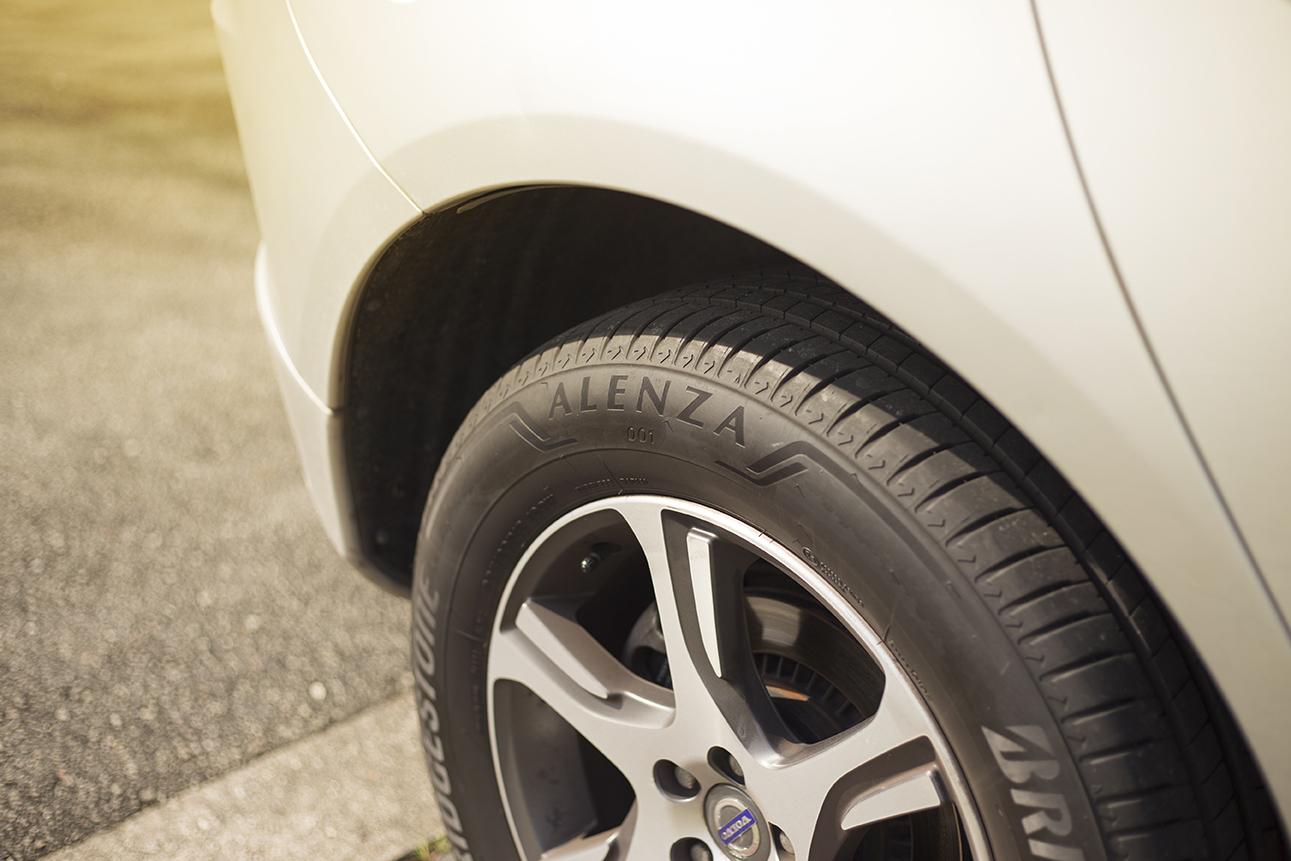
SUV/off-road tires such as those in our ALENZA and DUELER range offer performance and durability in diverse road terrain. They are designed for drivers of trucks, Crossover Utility Vehicles (CUVs) and Sport Utility Vehicles (SUVs), who want to drive in both on- and off-road conditions while enjoying a comfortable ride.
Did you know? There are different levels of SUV/off-road tires depending on the driver’s needs, from road-biased models that prioritise handling and comfort on tarmac, to aggressive all-terrain models that feature large tread blocks to handle gravel and mud.
Tire tread patterns are not all identical
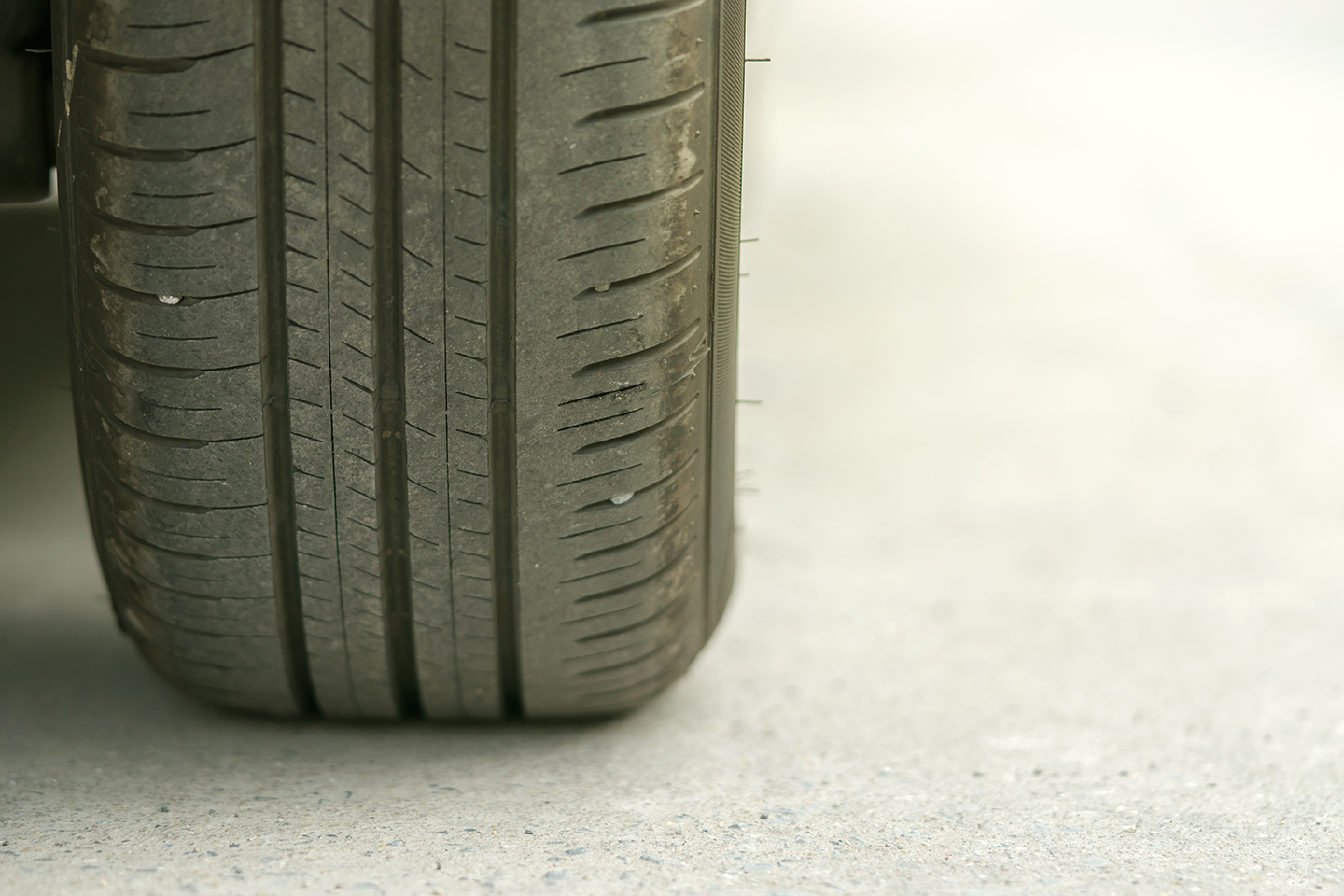
Symmetrical tread patterns are some of the oldest tread patterns used for car tires and are the least technologically advanced. As its name suggests, symmetrical tires have the same tread pattern on both halves, allowing them to be mounted in any direction or position.
They are suitable for small and medium-sized passenger vehicles and delivery trucks, where aggressive or dynamic driving is not prevalent.
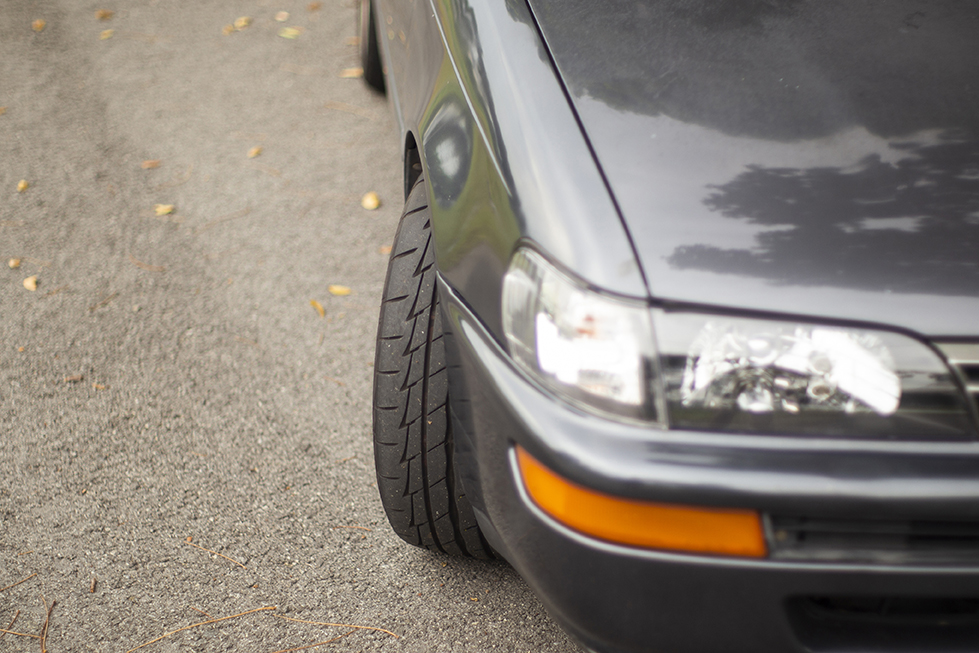
Asymmetrical tread patterns offer greater performance diversity by combining the various benefits of different tread patterns for superior performance. As its name suggests, asymmetrical tires have a different tread pattern on each side, and have to be mounted correctly with a specific out-facing side.
They are suitable for all passenger vehicles thanks to their multiple positive characteristics, which include superior grip in both wet and dry conditions.
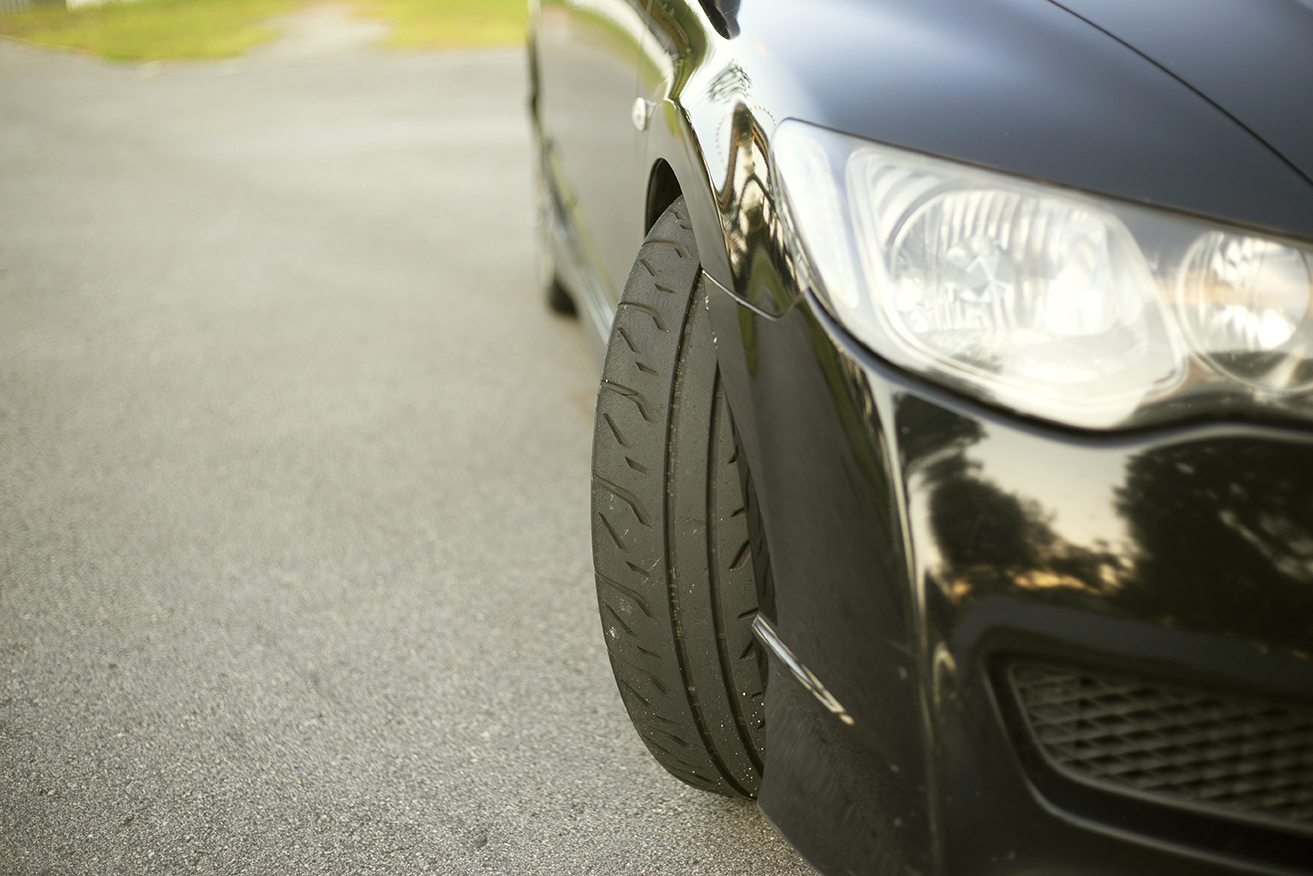
Directional tread patterns offer the most superior handling amongst the three tread patterns. As its name suggests, directional tires need to be installed in line with the rolling direction, maximising its water dispersal capabilities.
They are suitable for high-performance and sports cars that travel at high speeds, as directional tires commonly feature a more performance-oriented compound.
Different tires do different speeds
If you’ve looked at your tires recently, you might have noticed an additional code next to your tire’s size – for example, 205/45R16 87W – and wondered what it represents. That two-digit number and its accompanying letter suffix actually refers to your tire’s load and speed rating, which indicates the limits of the tire.
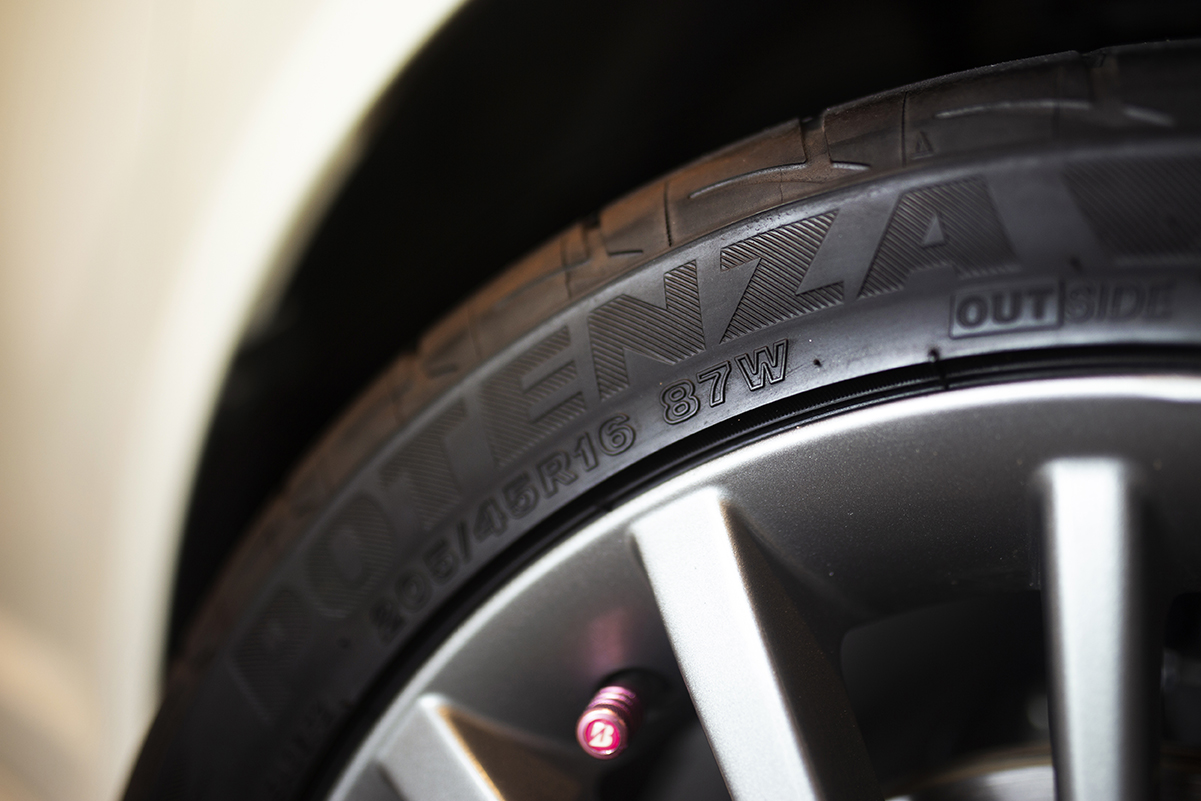
The tire load rating is the two-digit number in the code (e.g. 87), which indicates the amount of weight the specific tire is able to support at its maximum air pressure. Typically, the load rating for most passenger car tires range from 70 to 120.
Top tip! When replacing your tires with a fresh set, it’s important to make sure that your new tires have an equivalent or higher load rating than your Original Equipment tires. If you fit lower load-rated tires, it will stress its casing and construction, raising the risk of a tire blowout.

The tire speed rating is the single letter in the code (e.g. W), which indicates the maximum speed the tire is legally approved for. To determine a tire’s speed rating, engineers perform tests by running the tire at 10km/h steps in 10 minute increments, until the required speed has been met.
Top tip! When replacing your tires with a fresh set, it’s important to make sure that your new tires have an equivalent or higher speed rating than your car’s top speed. If you fit lower speed-rated tires, it could affect your car insurance or even cause an accident at high speeds.
If you’re unsure of what tire load and speed rating your car manufacturer recommends, simply refer to your owners’ manual or sticker on your door jamb and cross-reference it with this handy chart below.
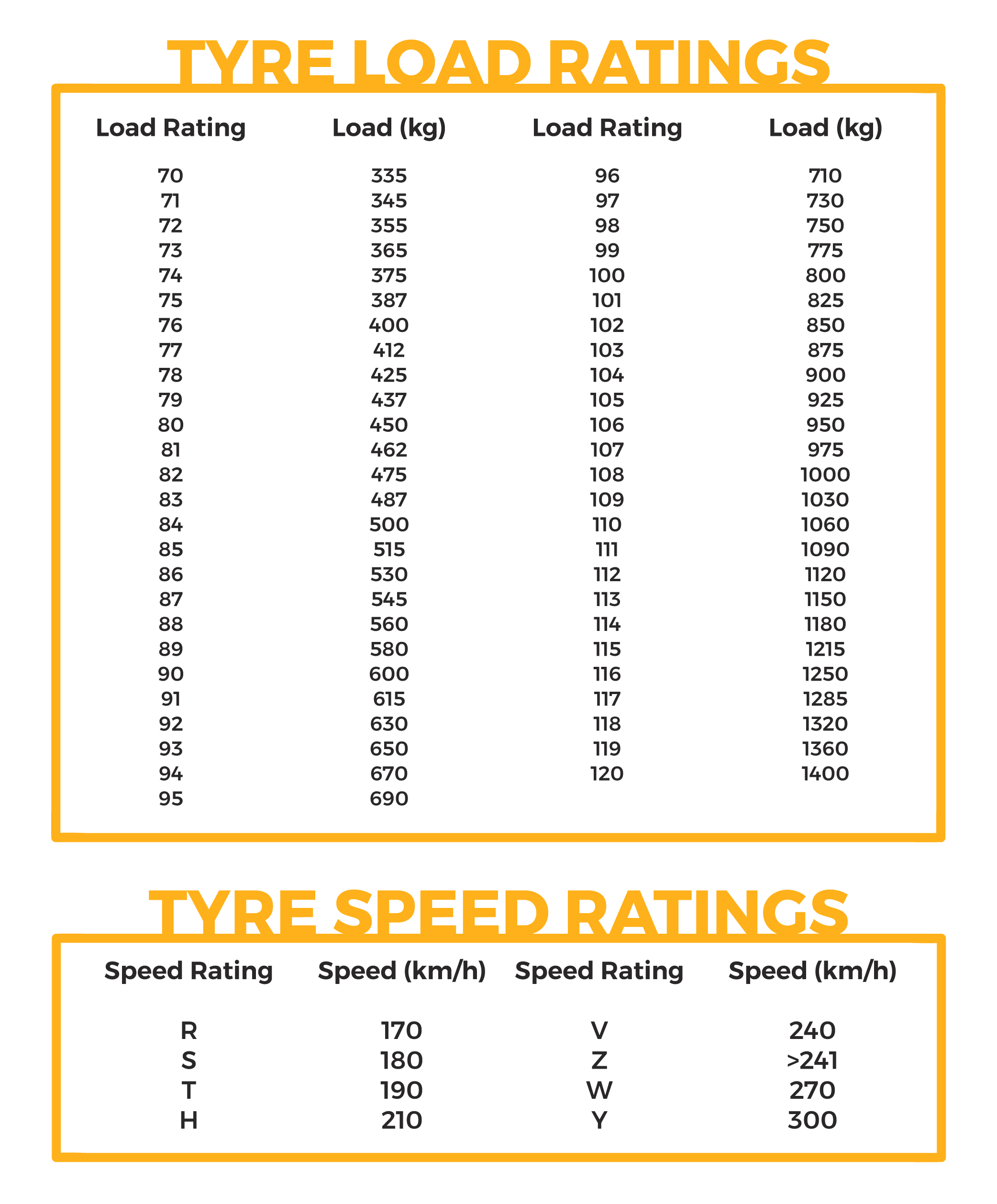
(zoom-in or open image in new tab to find out more)
Now that you know not all tires are equal, head on over to our tire cataloge to find a tire that best suits your driving needs!